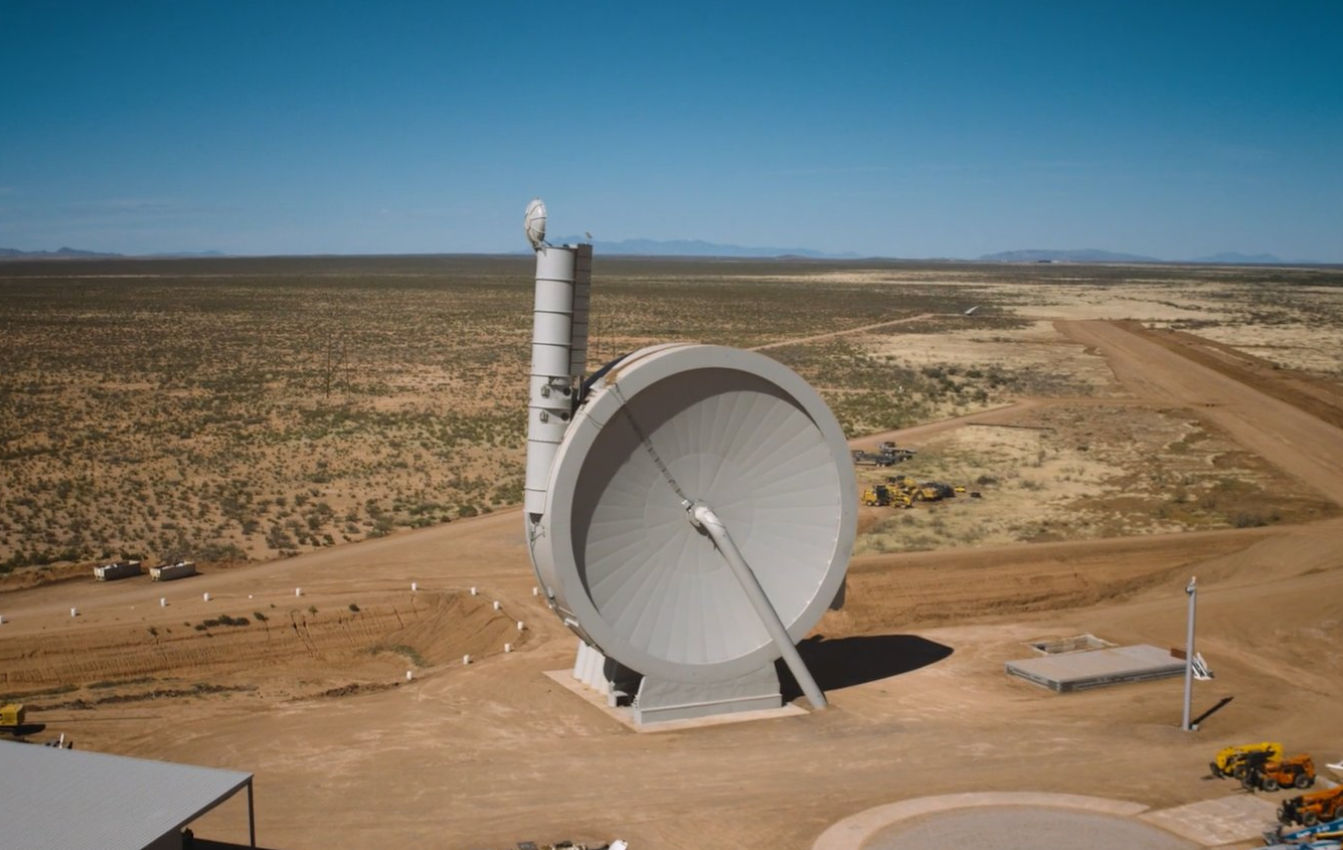NASA could soon be sending satellites into space, not through rockets, but through a ‘giant slingshot’ larger than the Statue of Liberty that can launch spacecraft at thousands of miles per hour.
The company behind the slingshot, California-based SpinLaunch has partnered with the US space agency to test its launch system, using a NASA spacecraft carrying a satellite.
The test is slated to take place later this year.
Also read | Watch: SpaceX launches first private charter flight to space station
So what is this slingshot and how does it work? SpinLaunch’s ingenious design uses a 300-foot diameter steel vacuum chamber and a rotating robotic arm to spin spacecraft at speeds of up to 5,000 miles an hour.

By launching small spacecraft containing rockets or satellites, SpinLaunch aims to eliminate a bulk of the massive fuel requirements for space launches. As per the company’s estimates, launches using kinetic systems such as theirs could reduce fuel requirements by as much as 70%.
Also read | Russia’s space cooperation with US conditioned on sanctions being lifted
The company has designed two launch systems – a suborbital launcher (pictured above), and a much larger one for orbital launches.
NASA, later this year, will be testing the company’s suborbital launcher, which, according to SpinLaunch, is designed to spin spacecraft at speeds between 800 to 5,000 mph.
The Suborbital Launch System successfully launched a test craft at supersonic speeds in October 2021 and recovered the reusable launch vehicle.
Also read | SpaceX to launch US spy satellite from Vandenberg SFB using Falcon 9 rocket
However, SpinLaunch adds that the suborbital launcher acts “primarily as a test-bed for the Orbital Launch System,” which is its much larger counterpart.
The Orbital Launch System, which is scheduled for its first test in 2025, is according to the company “a fundamentally new way to reach space. The velocity boost provided by the accelerator’s electric drive results in a 4x reduction in the fuel required to reach orbit, a 10x reduction in cost, and the ability to launch multiple times per day.”







